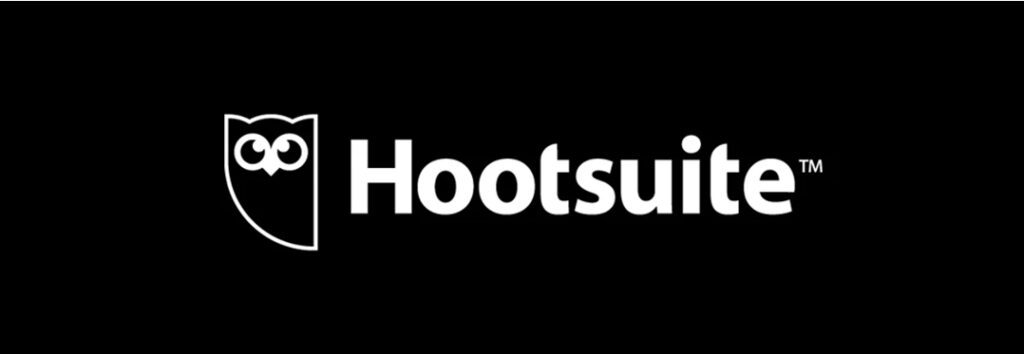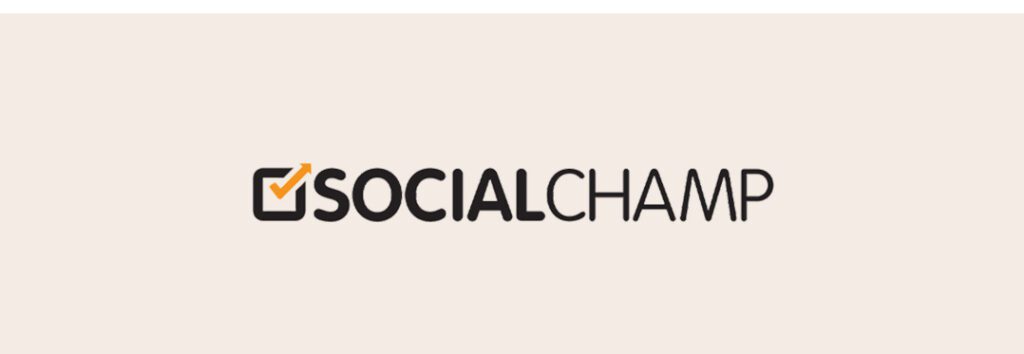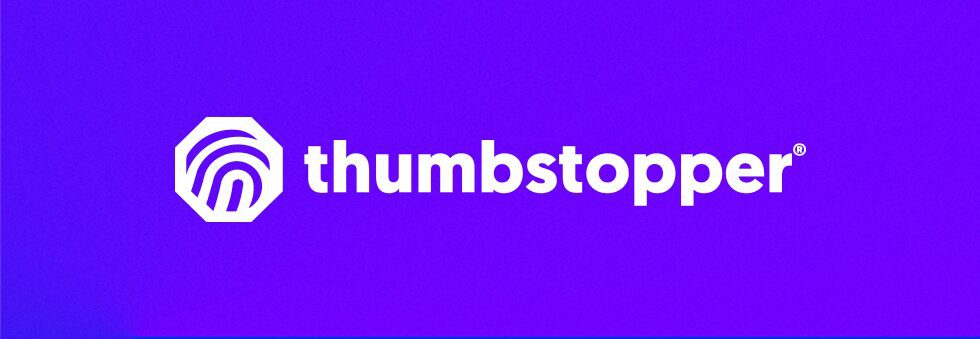Curating your brand’s social media presence involves more than great content and a consistent posting schedule. The fast pace of social media marketing means that professionals are not only expected to keep up with the latest trends and platform updates, but also changes to their third-party management tools.
Enterprise level companies face unique challenges due to their scale, and commonly find issues with consumer & small business oriented social media management software that isn’t equipped to handle the demands of the world’s largest brands. Some don’t offer cost-effective scaling plans. Others simply can’t handle the volume of activities that enterprise level brands need to complete. These businesses need tools designed to help them communicate effectively with their sizable customer base.
Keep reading to learn about five social media tools that will transform the way enterprise-level brands approach social media marketing.
Brand Overflow

SEO (Search Engine Optimization) is crucial to any brand’s traffic acquisition strategy. With every update search engines become better at understanding searcher intent, improving your chances of reaching the right person at the right time. Your brand’s SEO strategy should reflect how your customers are looking for products. You need a tool that provides audience insight and corrects errors from one centralized location.
Brand Overflow offers twenty SEO tools designed for enterprises to handle high volume. Along with standard features like Rank Tracking and Keyword Explorer, they also provide bulk compare tools to monitor all of your competitors at once. You can utilize these tools alongside their Question Generator feature to track your customer queries in real time and brainstorm content solutions.
Futhermore, If you want to improve your SEO but don’t know where to start, their SEO Audit uses your data to suggest additional changes to grow target social media KPI. The gap analysis and status codes reports show exactly how to make your technical SEO better than your competitors.
Hootsuite

Your customers use social media to talk about – and to – your brand. These customer interactions are vital to maintaining a positive reputation amongst consumers. As you grow your reach, it becomes much more time consuming to accurately monitor customer sentiment. A good customer relationship management tool keeps your brand involved in the conversation instead of just observing from afar.
Hootsuite’s reputation as a “larger than life” social media management tool is well-deserved. As an established industry leader, this software has a large library of features that are hand-crafted to supplement each other. For example, their Engage tool lets you provide personalized customer support through social media. You can use chatbots to answer common questions and direct all other incoming messages from your social accounts to the right team member. On top of that, you can manage your brand’s reputation with the ReviewTracker feature to see live updates and respond within the platform. You can even supplement those observations with their social listening feature. Allowing you to follow trends, monitor your posts performance, and be ready to answer questions quickly all in one location.
In other words, Hootsuite is a great choice if you’re looking for an all-encompassing centralized dashboard for all of your social media management software.
ClickUp

Staying organized while you collaborate is key to effective marketing execution. Many project management tools rely on a rigid framework that doesn’t change once you’ve started a project. While it’s a successful strategy for other industries, the evolving nature of social media marketing requires a flexible tool that enables marketers to tailor UI to their specific needs.
With ClickUp, you don’t have to compromise board views for the sake of clarity. Offering over fifteen views plus templates and automations to further streamline your tasks, this project management tool can be meticulously customized to handle everything from pre-production brainstorming to extensive work allocation. Their customizable dashboard with real-time reporting allows team members to visualize work and check on progress easily. Managers can build custom control centers to plan and track quarterly goals or set personal goals for their team members. Recurring tasks can even be scheduled or easily automated to save you time.
Social Champ

Social media publishing platforms are one of the most valuable tools a marketing manager uses. Keeping track of a robust content library, login credentials for every social account, and maintaining a consistent posting schedule are tedious activities that reduce time spent on creative. Social Champ is a publishing platform that comes with a user-friendly multichannel posting interface and unique content analysis features to help you shape your social media strategy.
Social Champ integrates with Google Business Profile,TikTok Facebook, and Instagram, allowing you to engage with your audience on all of their favorite social media platforms. Publishing through the app’s Social Media Calendar ensures that, even with more channel options, nothing gets lost in your workspace. You can filter the calendar by social media platform or custom targeting groups to inform your content planning.
After you begin to post to social media through the platform, you can gain audience insight by using their Sentiment Analysis tool. This feature analyzes the tone of your content so you can keep your brand voice consistent, plus it monitors responses to your posts and identifies any negative feedback.
ThumbStopper

Your retailers utilize social media to promote their storefront and products, but that doesn’t mean they’re using the content your brand shares with them through a co-op marketing program (even if they were trained to). Even if they are using your content they might be using low quality images, old logos, or unintentionally misrepresenting your brand’s voice. Communicating and correcting these issues manually at scale is virtually impossible; you need a tool to keep your brand consistent at a hyper-local level.
Thumbstopper is a platform that enables brands to share their content and activate their retailers’ social media destinations. Social media is the most accessible platform through which your retailers can promote your brand and they often don’t have the time or resources necessary to do so. By providing your retailers a platform to see and share your brand’s social media content you can simplify their processes and tap into hyper-local markets. Once you’ve created content, local retailers simply subscribe and get your content on their social media feeds. Bridge the content gap and use your time more efficiently.
See the potential of your retailer network with our Organic Reach Calculator.
Contact us today to get started.




